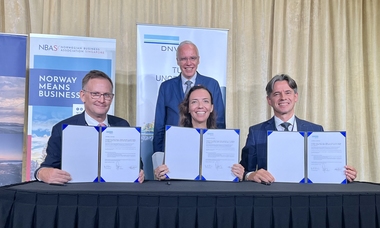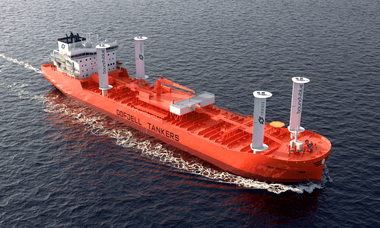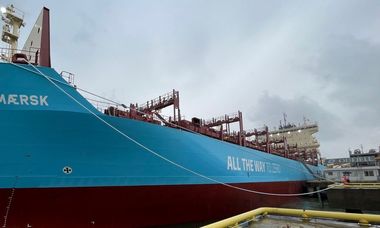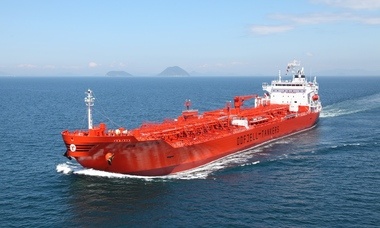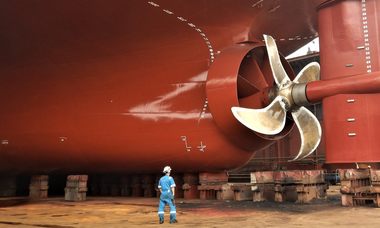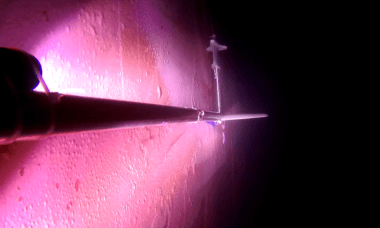Shipping is recognized as being the most environmentally friendly way of transportation over longer distances. Compared to other transportation methods, shipping is by far the most efficient and environmentally friendly. However, due to the size of the industry and as ships burn fossil fuels, shipping is also responsible for about 2-3% of global greenhouse gas emissions.
Per today, there are no commercially available alternatives for deep-sea shipping. We are a part of the problem, but also a part of the solution – and we have a responsibility to do what we can to make a positive difference.
As part of our work to meet IMO emission targets and our own goals, we conducted in 2020 a thorough fleet review and prepared a transition plan. Based on this plan, we decided to set ambitious climate targets, aligned with our planned technical and operational improvements, retrofits, and digitalization efforts: We want to reduce our carbon intensity by 50%, as compared to 2008 benchmark.
To achieve a 50% absolute reduction, we need to reduce the intensity by more than 70-80%. Odfjell has the goal of becoming climate-neutral by 2050.
Climate neutral is an ambition for Odfjell, but it requires actions outside our control. An example is availability of fuel. We will do what we can to prepare and be capable of being climate-neutral if climate neutral fuel is available. Carbon-ofsetting is not a part of our strategy to be climate-neutral.
